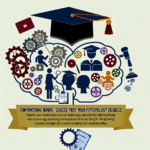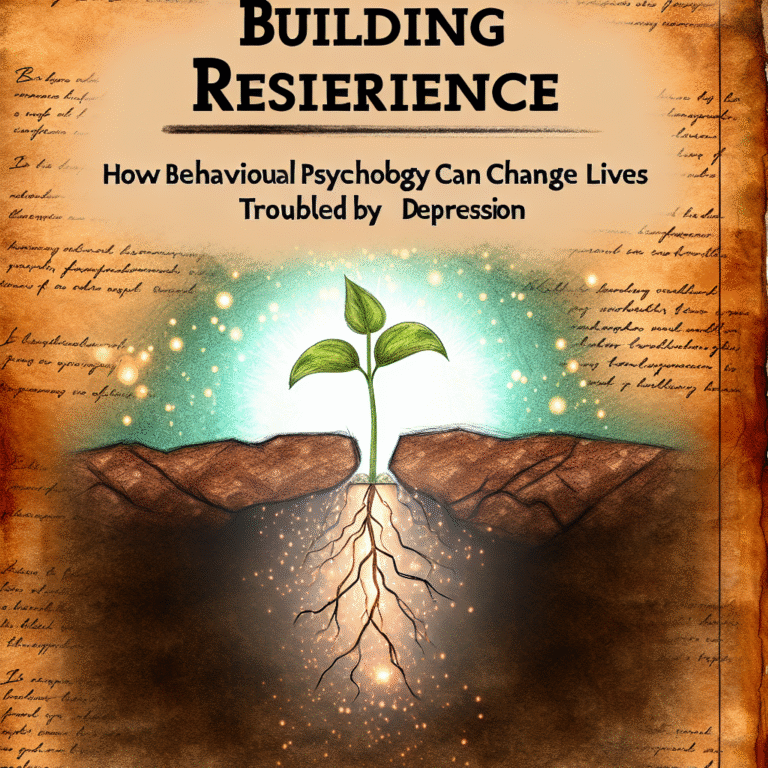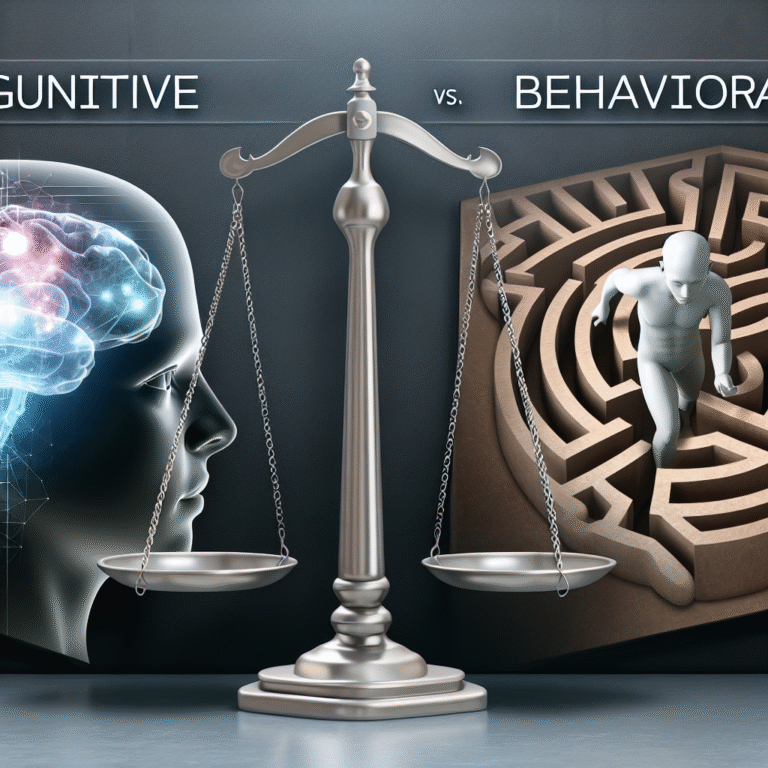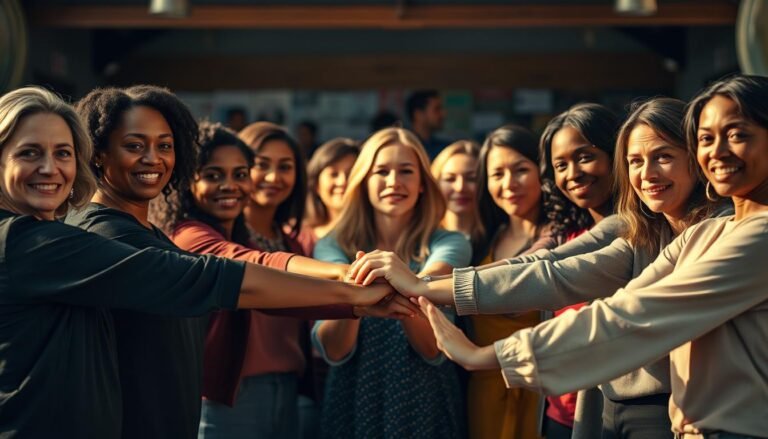
Social Learning Theory: Bridging the Gap Between Behavior and Environment – A Proven Approach to Understanding Human Interaction
Introduction
Imagine a child observing their older sibling carefully as they tie their shoes. That moment of silent observation, filled with curiosity and intent, represents the essence of learning that occurs beyond traditional classroom walls. This is the foundation of Social Learning Theory: Bridging the Gap Between Behavior and Environment. Developed by psychologist Albert Bandura, this theory posits that individuals learn not only through their own experiences but also through the experiences of others. In an age characterized by unprecedented social media interaction and an increasing understanding of environmental influences on behavior, the relevance of Social Learning Theory cannot be understated.
Understanding this theory is essential, as it provides critical insights into human behavior, learning processes, and social interaction. It challenges the age-old debate on nature versus nurture, suggesting that our environments play a pivotal role in how we develop behaviors and attitudes. Let’s embark on an extensive exploration of this foundational theory, emphasizing its implications and applications in everyday life.
The Foundations of Social Learning Theory
What is Social Learning Theory?
At its core, Social Learning Theory: Bridging the Gap Between Behavior and Environment suggests that learning occurs in a social context through direct observation or instruction rather than through direct experience alone. The key components of this theory include:
- Observation: People can learn by observing others, including their actions and the consequences that follow.
- Imitation: Often, individuals will replicate the behaviors they’ve observed, especially if the modeled behavior results in positive reinforcement.
- Modeling: This involves individuals acting as models from whom others learn.
The Role of Attention, Retention, and Motivation
Bandura identified three critical processes that learners engage in:
- Attention: For learning to occur, individuals must pay attention to the behavior of others.
- Retention: After observation, learners must remember the behaviors they’ve seen.
- Motivation: Finally, to imitate the behavior, the observer must have a good reason to do so, which could be the expectation of rewards or fear of negative consequences.
Case Study: Bandura’s Bobo Doll Experiment
To illustrate the principles of Social Learning Theory: Bridging the Gap Between Behavior and Environment, Bandura conducted an iconic experiment known as the Bobo Doll experiment in 1961. In this study, children observed adults interacting aggressively with a Bobo doll. When placed in a room with the same doll, the children imitated the aggressive behaviors they had witnessed.
Analysis
This experiment underscores the power of observational learning. The findings revealed that children not only imitated the behavior directly but also demonstrated new forms of aggressive behavior, suggesting that observation could lead to the development of novel behaviors based on what was witnessed. The Bobo Doll experiment is a compelling demonstration of how environment shapes behavior by providing models for children to emulate.
Real-World Applications of Social Learning Theory
As we delve deeper into Social Learning Theory: Bridging the Gap Between Behavior and Environment, it becomes evident this theory aligns seamlessly with various facets of human development and societal behaviors.
Education and Social Learning
In educational settings, the principles of Social Learning Theory can foster collaborative learning environments. Teachers can employ modeling behaviors that students will observe and imitate, reinforcing desired learning outcomes.
Example: Peer Tutoring Programs
Peer tutoring serves as an excellent example of Social Learning Theory in action. For instance, older students who demonstrate academic success can model effective study habits to younger peers, creating an environment ripe for learning. Research has shown that peer tutoring can improve academic performance while promoting social skills among students.
Media Influence on Behavior
The influence of media on behavior can also be understood through the lens of Social Learning Theory. From television shows to social media platforms, people are exposed to numerous behaviors that can be imitated.
Analysis
For example, research has shown that children who watch pro-social behavior in media—such as sharing toys in a cartoon—are more likely to engage in similar behaviors in real life. Conversely, exposure to violence in media can lead to increased aggression among viewers. This highlights the significance of the environmental context in shaping behavior through observational learning.
Workplace Learning and Corporate Training
In the corporate world, Social Learning Theory plays a vital role in employee training and development. Organizations are increasingly recognizing the value of mentorship programs, where experienced employees model effective practices for newcomers.
Example: Onboarding Programs
Many companies create structured onboarding programs that integrate new hires with seasoned employees, facilitating a learning atmosphere where behaviors, organization culture, and operational procedures are mirrored. This method not only fosters a positive climate but enhances overall productivity.
The Social Learning Cycle: A Detailed Examination
Understanding the full cycle of Social Learning involves more than just observation and imitation. The process can be visualized in the following stages:
- Modeling: Engaging with a skilled person or a group.
- Observation: Witnessing the behavior and outcomes of the model.
- Internalization: Adopting the observed behavior as a personal strategy.
- Application: Applying the learned behavior in different contexts.
A Table of Learning Types
| Stage | Description | Example |
|---|---|---|
| Modeling | Learning through observing others’ behaviors | A mentor demonstrating a task |
| Observation | Noticing outcomes of behaviors | Seeing coworkers receive praise |
| Internalization | Adopting behaviors as personal strategies | Using effective communication skills |
| Application | Implementing learned behaviors | Leading a team meeting successfully |
Challenges and Critiques of Social Learning Theory
While Social Learning Theory: Bridging the Gap Between Behavior and Environment offers substantial insights, it’s not without its critics. Some argue that the theory oversimplifies complex human behavior by placing too much emphasis on observational learning, neglecting innate biological factors and cognitive processes.
Critique: The Role of Cognitive Processes
Cognitive theorists argue that Social Learning Theory does not sufficiently account for how individuals process information about behaviors. For instance, two individuals may observe the same behavior but interpret it differently based on their experiences, beliefs, and motivations.
Conclusion
In conclusion, Social Learning Theory: Bridging the Gap Between Behavior and Environment is a powerful framework that provides valuable insights into human learning and behavior. By understanding the roles of observation and modeling, we can better navigate our interactions in educational, social, and professional contexts. Emphasizing environments that promote positive behaviors can lead to more effective learning and an enhanced capacity for personal and communal growth.
As we reflect on the implications of Social Learning Theory, consider this: what environments are you cultivating—at home, work, or even online? How might your actions serve as models for others? Recognizing this potential empowers us to create positive change in ourselves and the world around us.
FAQs
1. What is the primary focus of Social Learning Theory?
Social Learning Theory emphasizes that individuals learn not just through their own experiences but also by observing and imitating others within a social context.
2. How does Social Learning Theory apply to education?
In education, this theory suggests that teachers can enhance learning by modeling behaviors for students to observe and imitate, fostering a collaborative learning environment.
3. Can media influence behavior according to Social Learning Theory?
Yes, media influences behavior by presenting models of behavior that people, especially children, may imitate, leading to both pro-social and anti-social outcomes.
4. What are some real-world examples of Social Learning Theory?
Real-world applications include peer tutoring in schools, mentorship programs in workplaces, and the impact of behaviors seen in media on public attitudes.
5. Are there any critiques of Social Learning Theory?
Critiques include the idea that the theory may overlook the complexity of human behavior and the cognitive processes that influence how we learn and respond to observed behaviors.
By merging insights from Social Learning Theory: Bridging the Gap Between Behavior and Environment with practical examples and applications, we can embrace a richer understanding of how social contexts shape learning and behavior, opening avenues for personal growth and collective advancement.















